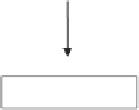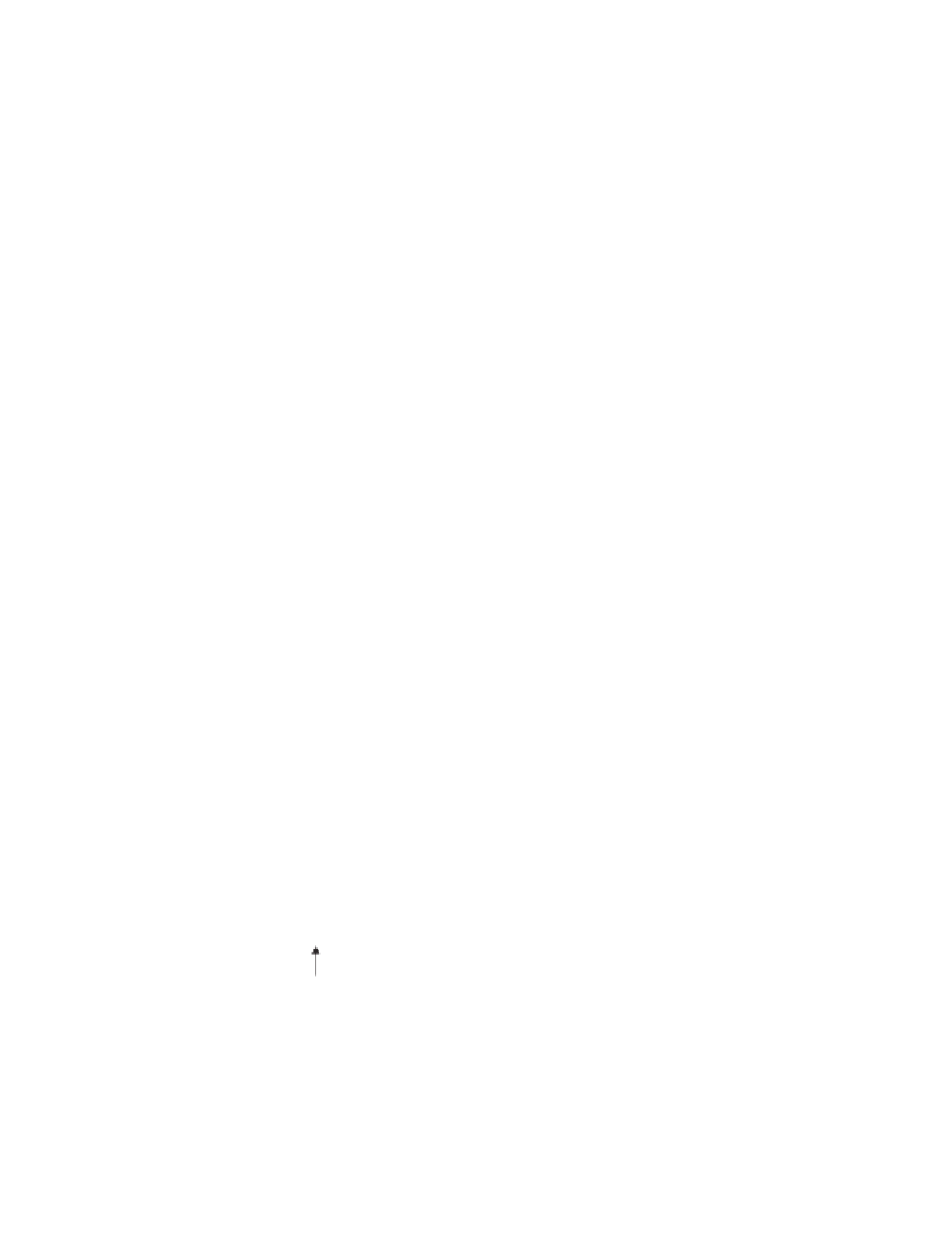Environmental Engineering Reference
In-Depth Information
The problem with common goods is that they are subjects of overexploitation. When the
use of a resource is not regulated in any way, its unrestrained use leads to exhaustion
or extinction; and it is important to make a distinction here between nonrenewable and
renewable goods.
The fate of exploiting nonrenewable goods is exhaustion, and overexploitation just
accelerates the process. Renewable goods, on the other hand, can be exploited sustainably if
the rate of harvesting does not exceed the rate of replenishment. For instance, if we take water
from a nonrechargeable aquifer, eventually the water will be depleted and the resources will
cease to exist. In contrast, a rechargeable aquifer can be exploited in a sustainable manner if
the rate of extraction does not go beyond the rate of recharge.
Man-made ecosystems: the food production system
Man-made ecosystems are systems involving living and nonliving organisms that require
human intervention for their proper functioning. Man-made ecosystems need the external
input of energy, mass, regulation, and waste treatment. One characteristic of man-made
ecosystems is the lack of nutrient recycling, so they are open systems that depend on the
constant influx of nutrients.
There are many examples of man-made ecosystems, but for the purpose of this discussion,
the most vital ones are those designed for food production. With exception of wild-caught fish,
most food production starts with the production of agricultural crops (producers) that once
harvested are taken to a different location where they are processed, or not, and consumed by
people and animals (Fig. 2.6).
One of the weaknesses of modern food production is its dependency on constant
fertilization, especially with phosphorus and nitrogen, which make up for the nutrients
extracted from the field when crops are harvested. Once food is consumed by humans, the
waste created is treated in wastewater treatment plants that eventually return most of the
nitrogen, phosphorus, and other nutrients to rivers with the ocean as the final destination. The
practice of handling human waste using a wet system followed by a treatment plant, operations
that otherwise would be done by nature, is an excellent approach from the public health point
of view and quality of life. Many diseases have been eradicated with the use of sewers and
Sun
Decomposers
Producers
(Crops)
Consumers
- Humans
- Animals
Inputs:
- Fertilizers
-
Pesticides
-
Energy
- Water
Nutrients
Figure 2.6
Agricultural system. An open loop man-made ecosystem in which nutrients are not recycled at
the same site where the producers absorb the nutrients.








